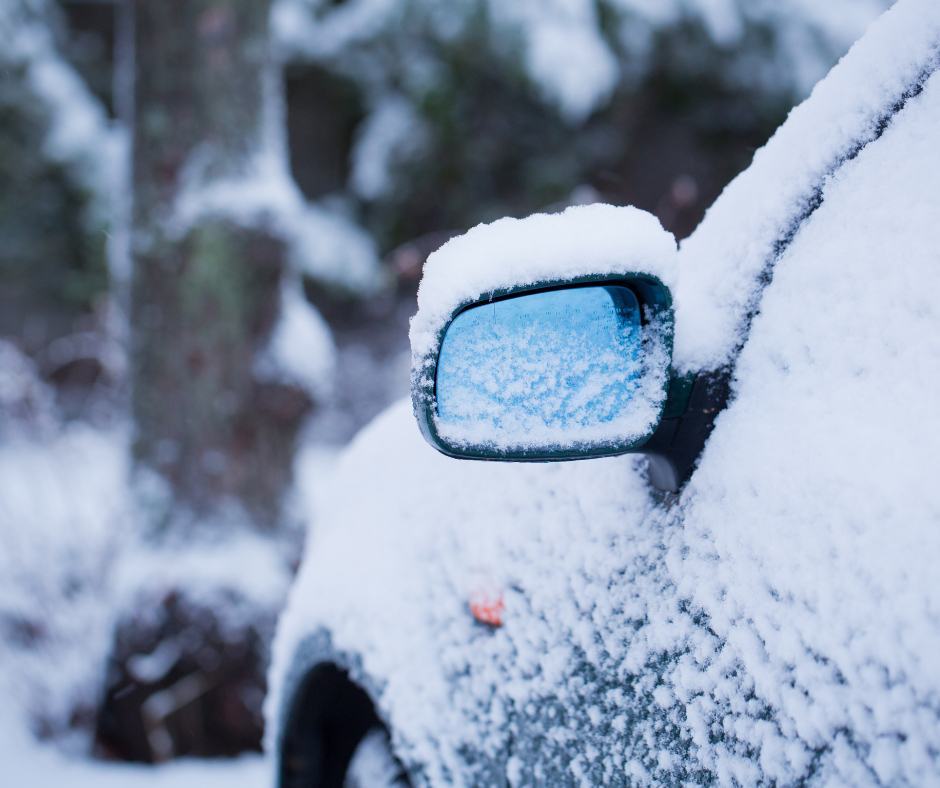
Winter road safety tips for transport operators and their drivers
Winter can pose a number of safety issues for drivers and transport operators with darker mornings and nights, ice, snow, wind, storm debris, flooding and fog to name just a few! Drivers need to be more vigilant during the winter and transport operators need to ensure that they have minimised risk as far as possible.
Research has also shown that young drivers in particular are more likely to have an accident in winter months than in summer, so drivers of this age group should be especially cautious. It is also important to ensure that you have a suitable young drivers insurance policy in place just in case.
Avoid Bridge Strikes
Transport Managers need to be aware of bridge strikes, training their drivers about the potential repercussions of bridge strikes and how to avoid them helps, as well as sensible route planning so that their drivers can avoid them.
According to Network Rail, on average, five drivers a day collide with a Network Rail bridge. That’s almost 2,000 bridge strikes every year – causing risk to road and rail users, thousands of hours delay to the transport network, and around £23 million in damage.
Don’t leave vehicles unattended.
On cold mornings when vehicles are icy it is tempting to switch them on to warm up and defrost whilst you continue to get ready. Unfortunately, there are thieves about waiting for such things to happen. This kind of thing is known by police as ‘frost-jacking’ or ‘frosting’.
Keep moving safely.
One of the most common insurance claims is ‘Hit Third Party in Rear’ from being too close to the vehicle in front, especially in icy conditions. Make sure you stick to the two-second rule, four seconds for larger vehicles.
Here are some more tips for keeping going this winter:
- Drive at an appropriate speed, don’t rush when you’re behind schedule because surprisingly it doesn’t always get you anywhere much quicker – it possibly shaves 1 or 2 seconds off, which is not worth the risk of collision.
- Keep an eye on weather forecasts and travel news before setting off and allow extra journey time if need be.
- Plan your route so you can stay on main roads as much as possible and away from potential hazards.
- Re-familiarise yourself with the vehicle’s controls, for example knowing how to turn on the fog lights if needed.
- Don’t drive off until ice and snow are cleared off the windscreen, windows and mirrors and you have good all-round visibility, including ensuring that lights and reflectors are clean.
- Always clear snow off the vehicle roof to avoid it sliding down your windscreen.
- Ensure all the vehicles are properly maintained, have plenty of fuel and topped up with fuel and washer fluid.
- Keep extra blankets, a shovel and bottles of water in the vehicles in case of breakdown, delays or getting stuck in snow.
If you do have an incident and need to make a claim, do this as quickly as possible. To discuss your fleet insurance please get in touch with us on 01905 21681.
